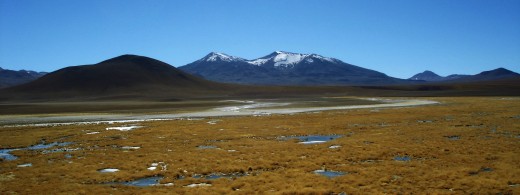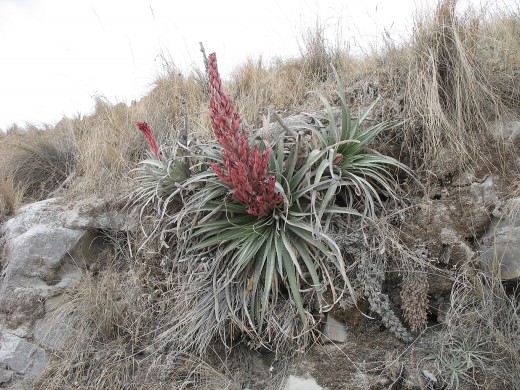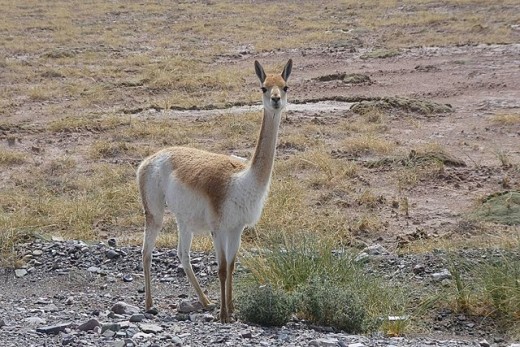The Altiplano of South America

The Altiplano
The Altiplano is a high plateau in the Andes Mountains that stretches into Bolivia, Peru and Chile. Despite the apparent hostilities it presents to life, many species manage to survive and thrive, and there are more than a million people who live in the region today. It is known that some of the villages here have been occupied continuously for 10,000 years.
The Altiplano formed millions of years ago when an ancient sea was raised together with the peaks. The sea eventually retreated to leave many salt pans behind. There has also been considerable infilling by sediment eroded from the mountains. The lowest point of the plateau is occupied by Lake Titicaca, which is the world’s largest high-altitude lake.
Climate and Vegetation
The climate of the Altiplano is generally cold and dry, although two climatic regions can be distinguished. These are the “puna” to the south and the “jalca” to the north, with the jalca getting more rainfall than the puna.
The puna vegetation consists mainly of dwarf shrubs and grasses, while the jalca can support larger plants such as varieties of puya (bromeliads that are noted for their tall short-lived flower spikes).
More than 400 plant species are found in the Altiplano, many of which are endemic.

Wildlife
In some areas of the Altiplano freshwater swamps form from seasonal snowmelt, and these support large flocks of flamingos that feed on algae and shrimps.
Vicuna and guanaco are protected species of wild camel that are found in Lauca National Park near Arica in Chile, as are huemel (wild deer).
More than 140 species of bird are found in the Altiplano.









